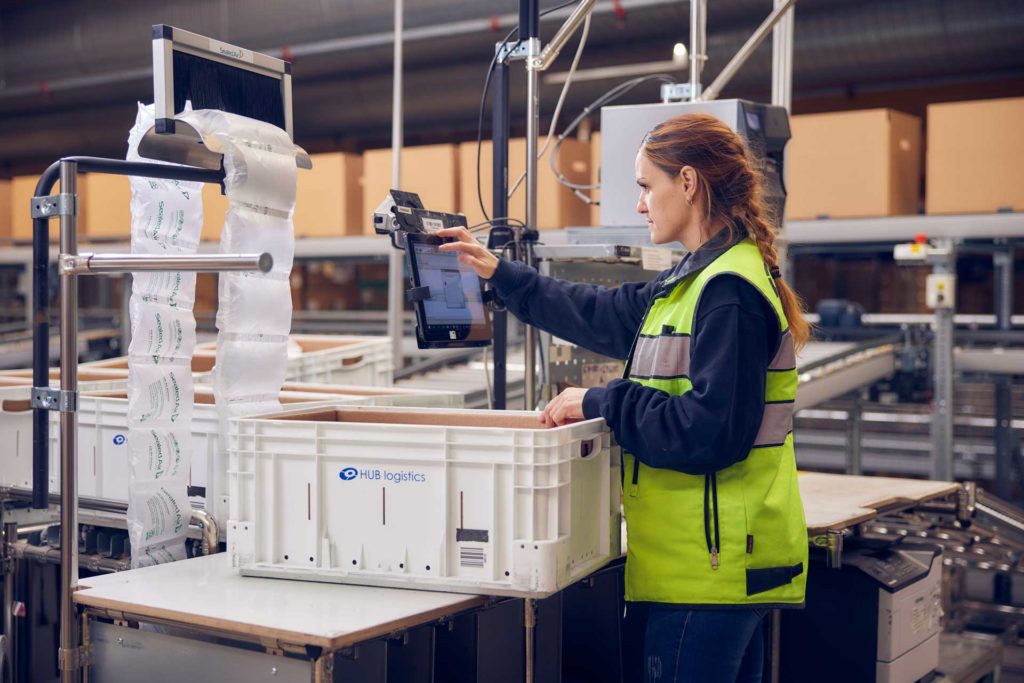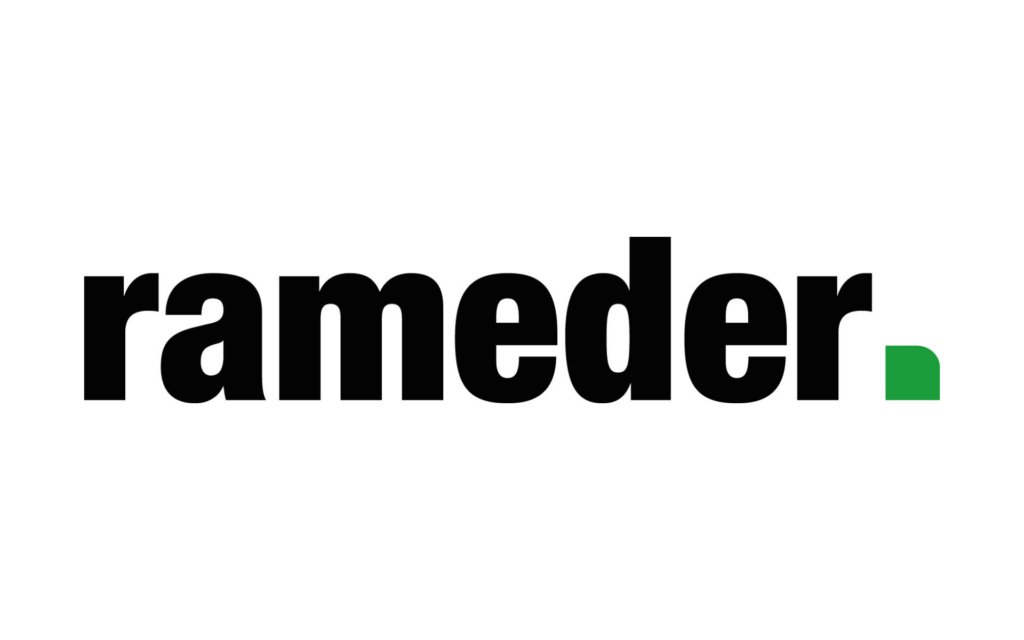To stay ahead of the competition and perform better and better, a company needs to actively improve its operations. How can processes be made more efficient and operations improved in logistics or production? Work study helps to identify and analyse the effectiveness of work tasks and processes, and make them more efficient.
HUB in most cases uses the MOST (Maynard Operation Sequence Technique) motion analysis system for work study. MOST calculates the movement duration of each task, from the smallest hand movement to, for example, moving from one collection point to another. Using this system, we get accurate information on the duration of each work phase. We will be able to identify standard working times for different stages and use the information gathered to set targets and monitor efficiency. This is how we ensure efficiency and evaluate identified advantages reliably.
What is work study?
Work study is a tool and a generic term for productivity development methods and techniques. It is a versatile tool for examining and analysing the quality, efficiency and workload of tasks and processes. Work study is a very detailed examination of the different stages of a selected job or process and the associated exceptions. The average time (standard working time) spent on a particular work phase or task, the tools used and their degree of utilisation or the distance travelled in a task can be determined by means of work study.
There are many different types of work study methods. MOST, or motion sequence analysis, is one method that is suitable for work involving physical movements. The choice of method is therefore influenced by the type of work to be done: what kind of work is actually being done.
MOST is based on extensive research data on the time taken by an employee for different types of movements. The concrete tool is a spreadsheet with a number of guiding macros for recording different types of work phases and thereby calculating working times. In addition to the movements made by the worker, the time spent using each tool or piece of equipment is also recorded in the table and is taken into account in the total working time spent on the task.
Work study is carried out in stages. As is typical of research, the study begins by defining what is to be studied and setting objectives. The most appropriate implementation method is also determined at the beginning – whether an observational study, a motion time study or a time study is used.
The next step is to identify the production work phases and exceptions by interviewing workers, observing the work and recording the work phases. Once all the steps and findings have been recorded, it is useful to make a comparison with the actual resources used and assess the success of the study. Potential areas for development are assessed in line with the objectives.
Work study provides information on processes and the level of activity to support internal decision-making
The MOST system is essential for efficient working. The tool is suitable for collecting basic data and provides additional information for decision-making in business operations. The data collected can be used in different ways:
- to improve efficiency
- to bring a scientific perspective to support a gut feeling
- in the long term, to increase transparency and clarity in billing, for example in transaction pricing
- to simulate alternative working methods and evaluate benefits gained by the change.
Typical areas for development observed in work study are deficiencies in tools, system operation, work methods, or workspace layout. In addition, various exceptions are identified and their impact on the work to be done and their share of the working time spent are examined. With the information provided by work study, we can more easily identify the most time-consuming aspects of work tasks and get to the root of the problem and come up with solutions to make processes faster and easier.
The results of work study can be used to calculate internal costs, pricing and resource requirements, both as a whole and at different stages of the work. Work study provides information on processes and performance levels to support internal decision-making, as well as basic information for profitability calculations or even contract negotiations with the customer.
Work study also helps to understand the ergonomics of work and through this, the well-being of workers. By reducing the strain on work performance, such as poor ergonomics or the misallocation of resources, the end result is improved well-being and reduced costs.
Taking processes apart and putting them back together for better results
At HUB, work study has been carried out for several years. Work study has been carried out in almost all of our offices. The most rewarding part of work study is taking processes apart and putting them back together again. The analysis phase of potential development targets always brings some new insight into the processes. Comparing standard working time with the actual situation highlights the extent to which there are, after all, exceptions to everything that is done and the extent to which human factors influence the way the work is done.
The MOST tool is well suited to simpler processes, but we have also used it to explore more complex processes. MOST is less suitable for very complex entities, because the studies become very large due to exceptions and different branches of the process. It can feel burdensome and time-consuming at times, but it gets results. Increasing your own knowledge and identifying areas for improvement are its absolute advantages.
You don’t always have to redo the whole study. The processes share common methodologies and similar steps, so that data from previous studies can also be used.
We have used the information from these studies to develop and plan our activities in a new way. Optimisation of workstations, minimising movement between locations and layout design have been areas for development based on our research. Numerous processes or parts of a process have been redesigned or fine-tuned for better performance. This is reflected, for example, in increased efficiency.
For example, with the help of work study we carried out on one workstation, we made significant savings with just a few changes. At the outset, the layout of the workstation did not work optimally, the packaging space was limited and the tools were placed in a confusing way in relation to the work to be done. The packaging materials used for the job were retrieved from relatively far away by the workers.
Based on the study, we rotated the workbenches more optimally in relation to the available space, placed packaging materials and important tools closer to the workstation and removed unnecessary tools from the workbench. The changes have led to a significant reduction in the number of trips from one place to another. In the initial situation a worker took an average of 20 steps to pick up packaging material for one order, whereas after the changes, only two steps are taken. If, for example, forty orders are processed in a day and packaging materials are picked up one order at a time, 800 steps are accumulated in a day. The number of steps per year is over 200,000. By moving packaging materials two steps away, step savings of up to 90% can be achieved.
For our clients, work study has enabled us to unlock detailed insights into their processes and their own business. This brings clear added value to the client, as we can explain what is happening in the warehouse and what makes up the operation. We are able to present better ways to work for the benefit of the client. Fine-tuning even the smallest details brings efficiency to work processes, especially when it comes to high volumes such as order delivery. “Mosting” defenately brings efficiency and gives valuable information for decision making.
Rami Heimolinna
Account manager
Rami has worked at HUB for five years, including two years in work study.
Read also:
Daily management culture at HUB logistics
Efficiency of logistics with agile model



